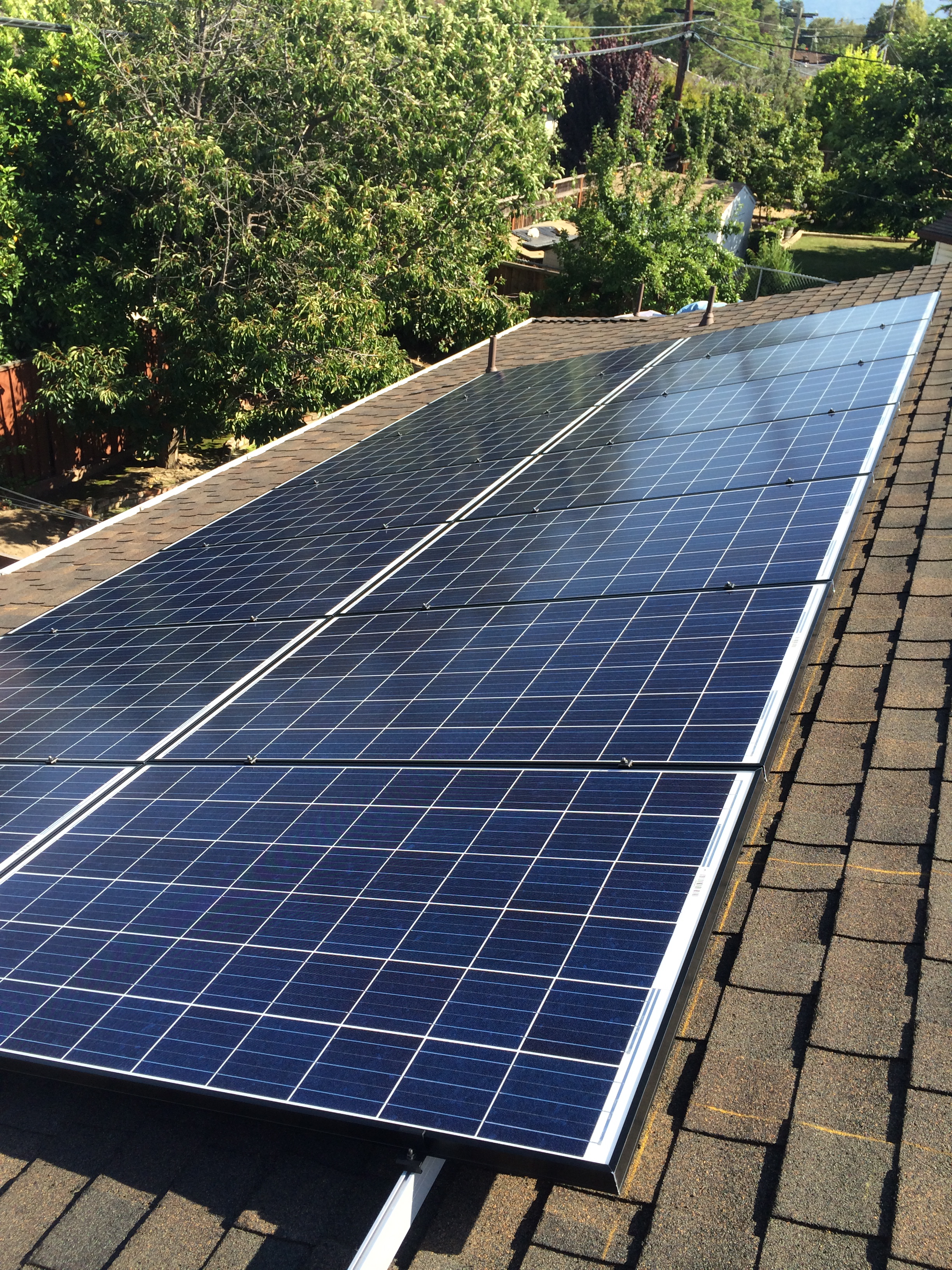Solar Panel Installation Basics
Solar Panels
Solar panels, or solar modules as they are sometimes called, are typically installed on the roof. These solar panels are made up of photovoltaic (PV) cells, which convert sunlight into direct current (DC) power.
Inverter
The DC power from the solar panels is sent to an inverter, where it is converted into alternating current (AC) power, or standard electrical current used your home.
Electrical Panel
AC power travels from the inverter to the electrical panel, often called a breaker box. This power is now ready to use in your home.
Utility Meter
The utility meter continually measures your electrical supply; when your solar power system produces more power than you need, the meter literally spins backward, accumulating credits with the utility company that will offset your next bill.
Utility Grid
Your home remains connected to the utility grid to supply you with electricity when you need more power than your solar power system has produced, such as at night.
Solar Production Monitoring
Production Monitoring allows you to continuously monitor energy production and make sure your system is running smoothly.






